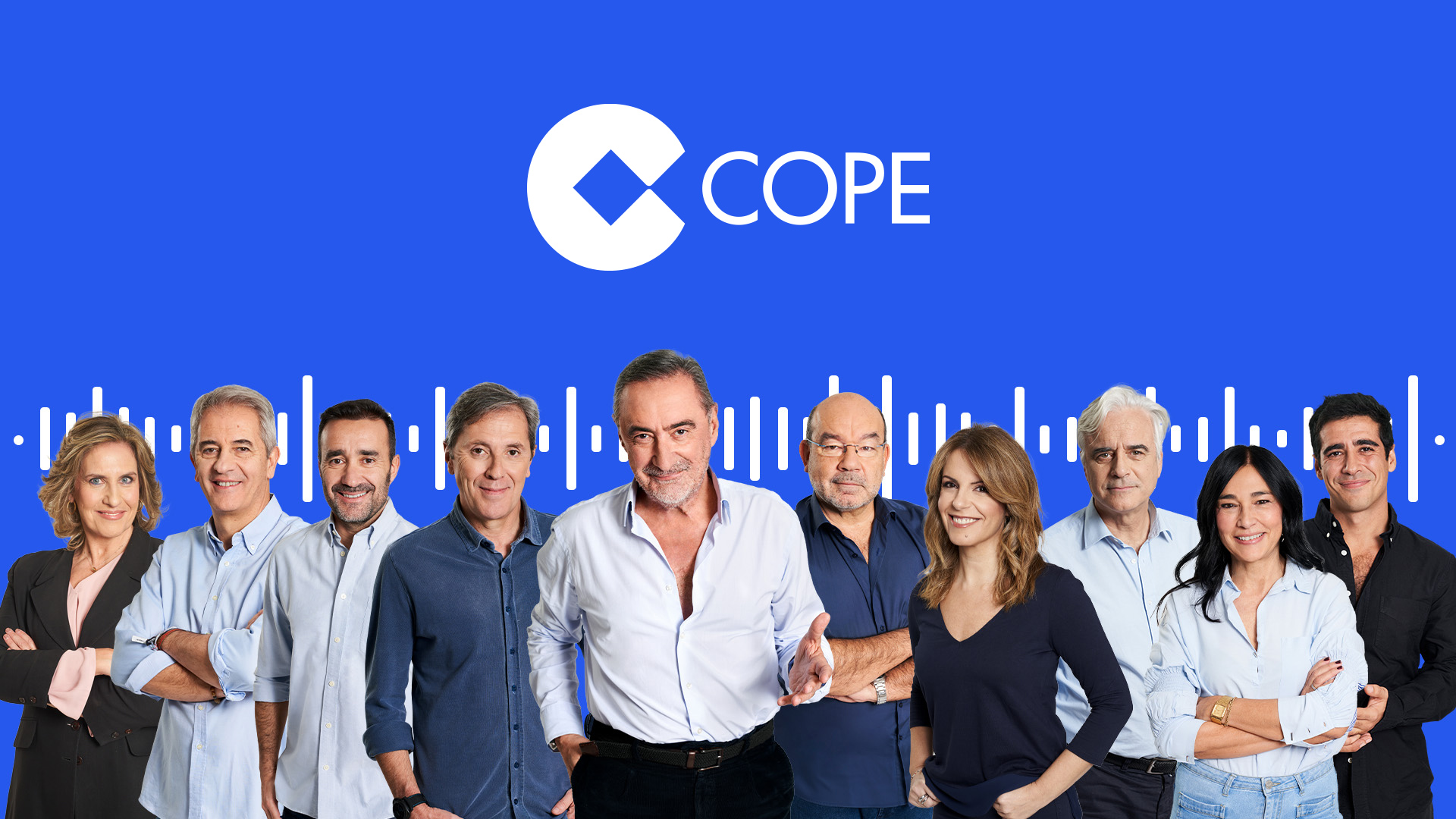
- Select a language for the TTS:
- UK English Female
- UK English Male
- US English Female
- US English Male
- Australian Female
- Australian Male
- Language selected: (auto detect) - EN
Play all audios:
After nerve stimulation therapy following a stroke in 2020, Kathy Reynolds is regaining use of her right hand. Elias Williams Facebook Twitter LinkedIn
A 2020 stroke caused by a blocked artery on the left side of her brain left Kathy Reynolds, 69, unable to use her right hand. Despite extensive rehab, she couldn’t knit or even cut her own
food. “I learned to do things with my left hand and tried holding one knitting needle under my armpit,” says this retired teacher from Succasunna, New Jersey. “But there were things I just
couldn’t do.”
In February of this year, Reynolds had a new type of device implanted just below her collarbone, with a wire under the skin leading to her vagus nerve. During occupational therapy sessions
and at home, she or her therapist can turn on the Vivistim System, sending mild electrical pulses to the vagus nerve and on to the brain. Stimulating the vagus nerve changes electrical
activity and levels of neurotransmitters in brain cells, nudging the brain’s efforts to build new pathways as Reynolds works to recover the use of her right arm and hand.
Long used to quiet seizures for people with epilepsy and for stubborn depression, vagus nerve stimulation (VNS) — paired with extensive rehab — helped people recover more use of their arms
and hands in a recent study of 108 stroke survivors published in The Lancet. Up to 60 percent of stroke survivors have lingering problems with use of their hands and arms. “The conventional
wisdom up until now is that by a year after a stroke, there really isn’t much that helps,” says study coauthor Charles Liu, M.D., director of the University of Southern California
Neurorestoration Center and neurosurgeon with Keck Medicine of USC. But with VNS, “it is possible to achieve meaningful improvements many years after stroke,” the study’s authors
conclude.
Vagus nerve stimulation - Mild electrical pulses help boost the effectiveness of stroke-recovery therapy. Illustration by Glenn Harvey Double the improvement in rehabIt takes hard work. People in the study completed an intensive rehab program of three 90-minute in-clinic sessions per week for six weeks, plus additional sessions at home, repeating the
hand and arm movements needed for everyday tasks — such as grabbing, eating and opening containers — hundreds of times. Those who did just the rehab program recovered some additional use of
their arms and hands, but adding VNS doubled the amount of improvement. “The vagus nerve connects many parts of the body to many parts of the brain,” Liu notes. “It’s a natural antenna.” The
system helped about half of users. “In general, people have been happy with their improved level of function,” Liu says. “It’s important to understand that VNS is not a panacea; not all
your stroke symptoms will be gone.”









